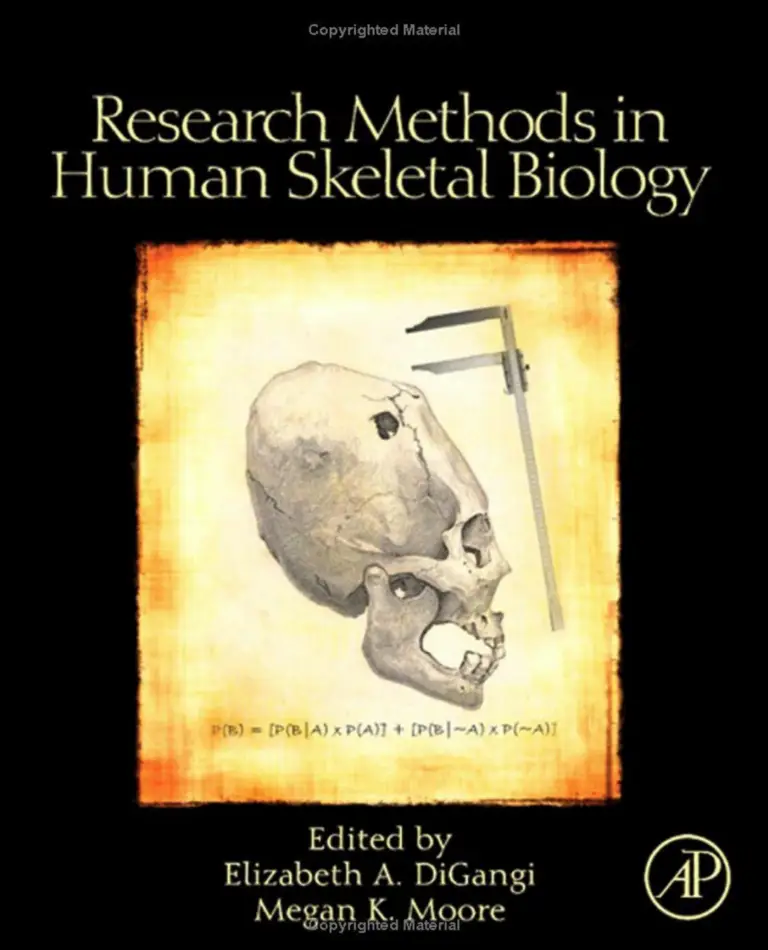Writing
Articles and Chapters (*denotes peer reviewed):
- *Kim, JJ, Winburn, AP, & Moore, MK (2024) Structural vulnerability approaches to forensic anthropology: Beyond evolutionary theory. Forensic science international. Synergy, 9. https://doi.org/10.1016/j.fsisyn.2024.100552
*Moore, M, and Hammerl, E (2025) “The Human Skeletal Remains of Antiochia ad Cragum” Chapter for an Edited Volume tentatively titled: The Archaeology of Antiochia ad Cragum: The first 20 years, M. Hoff, B. Can, and R. Townsend, Eds., Oxbow Publishing, under review.
*Friedlander, H., Moore, M.K. & Mayne Correia, P. (2023) “Techniques for the differentiation of blunt force, sharp force, and gunshot traumas from heat fractures in burnt remains,” In: Burnt Human Remains: Recovery, Analysis, and Interpretation, S. Ellingham, S. Casadao-Zapico, J. Adserias Garriga and D. Ubelaker, Eds., Wiley, Chichester, UK.
* Kim, JJ, Winburn, AP, & Moore, MK and Scott, H (2023) “Adapting forensic case reporting to account for marginalization and vulnerability,” Forensic Science International: Synergy, Special Issue on VSI: Structural Vulnerability Framework 6, https://doi.org/10.1016/j.fsisyn.2023.100436
- *Kim, JJ, and Moore, M (2022) “Recommendations for large-scale exhumations of Potter’s Fields: Cases in the US”, Journal of Forensic and Legal Medicine, Volume 91, https://doi.org/10.1016/j.jflm.2022.102399.
- *Moore, M.K. & Kim, J. (2022) “Marginalization, Death, and Decline: The role of Forensic Anthropology to document the osteology of poverty in Detroit, Michigan in the 21st Century, edited volume tentatively titled: The Marginalized in Death: A Forensic Anthropology of Intersectional Identity in the Modern Era., J. Byrnes and I. Sandoval-Cervantes, Eds., Lexington Books, Lanham, MD, pp. 203-230.
- *Adams, DM, Goldstein, JZ, Isa, M, Kim, JJ, Moore, MK, Pilloud, MA, Tallman, SD, and Winburn, AP (2022). “A conversation on redefining ethical considerations in forensic anthropology.” American Anthropologist. 1-16. https://doi.org/10.1111/aman.13753
- Hammerl, E, and Moore, M (2020) “Pathological Lesions in a Likely Case of Metastatic Carcinoma from Antiochia ad Cragum”. ANMED 18 2020 (News Bulletin on Archaeology from Mediterranean Anatolia), pp. 18-20.
- G Mace, Moore, M, and Hammerl, E, (2020) “Paleopathology: Patellar Shape and Vastus Notch Frequency from the Site of Antiochia ad Cragum. ANMED 18 2020 (News Bulletin on Archaeology from Mediterranean Anatolia), pp. 31-33.
- Moore, M, and Hammerl, E, (2019) “Antiochia ad Cragum Osteology Field Report 2018”, ANMED 17 2019 (News Bulletin on Archaeology from Mediterranean Anatolia), pp. 130-136.
- *Moore, M. E DiGangi, F Niño, O Hidalgo, & C Sanabria Medina (2016) “Metric Sex Estimation from the Postcranial Skeleton for the Colombian Population,” Forensic Science International Volume 262, May 2016, Pages 286.e1–286.e8. https://doi.org/10.1016/j.forsciint.2016.02.018
- Moore, M.K. (2013). Functional morphology and medical imaging. In E.A. DiGangi, & M.K. Moore (Eds.), Research Methods in Human Skeletal Biology. San Diego: Academic Press.
- Moore, M.K. (2013). Sex estimation and assessment. In E.A. DiGangi, & M.K. Moore (Eds.), Research Methods in Human Skeletal Biology. San Diego: Academic Press.
- Moore, M.K., & Ross, A.H. (2013). Stature estimation. In E.A. DiGangi, & M.K. Moore (Eds.), Research Methods in Human Skeletal Biology. San Diego: Academic Press.
- DiGangi, E.A., & Moore, M.K. (2013). Introduction to skeletal biology. In E.A. DiGangi, & M.K. Moore (Eds.), Research Methods in Human Skeletal Biology. San Diego: Academic Press.
- DiGangi, E.A., & Moore, M.K. (2013). Application of the scientific method to skeletal biology. In E.A. DiGangi, & M.K. Moore (Eds.), Research Methods in Human Skeletal Biology. San Diego: Academic Press.
- DiGangi, E.A., & Moore, M.K. (2013). Future Research Considerations in Human Skeletal Biology. In E.A. DiGangi, & M.K. Moore (Eds.), Research Methods in Human Skeletal Biology. San Diego: Academic Press.
- *Moore, M & E Schaefer (2011) “A comprehensive regression tree to estimate body weight from the skeleton,” Journal of Forensic Sciences 56(5): 1115-1122. https://doi.org/10.1111/j.1556-4029.2011.01819.x
- Moore, M (2008). Body Mass Estimation from the Human Skeleton, Doctoral Dissertation, Department of Anthropology, University of Tennessee Knoxville, NIJ award # 2007-DN BX-0013, Document 227932, https://www.ojp.gov/pdffiles1/nij/grants/227932.pdf.
- *Mahfouz, M, A Badawi, B Merkl, EA Fattah, E Pritchard, K Kessler, M Moore & R Jantz (2007), “Patella Sex Determination by 3D Statistical Shape Models and Nonlinear Classifiers,” Forensic Science International, Volume 173, Issues 2-3, December, pp. 161-170. https://doi.org/10.1016/j.forsciint.2007.02.024
- Moore, MK and W Haglund (2002), “The Case of Boss Tweed: Identification by Caricature,” Journal of Forensic Identification, Vol. 52, May/June Issue.

Research Methods in Human Skeletal Biology serves as the one location readers can go to not only learn how to conduct research in general, but how research is specifically conducted within human skeletal biology. It outlines the current types of research being conducted within each sub-specialty of skeletal biology, and gives the reader the tools to set up a research project in skeletal biology. It also suggests several ideas for potential projects. Each chapter has an inclusive bibliography, which can serve as a good jumpstart for project references.
- Provides a step-by-step guide to conducting research in human skeletal biology
- Covers diverse topics (sexing, aging, stature and ancestry estimation) and new technologies (histology, medical imaging, and geometric morphometrics)
- Excellent accompaniment to existing forensic anthropology or osteology works